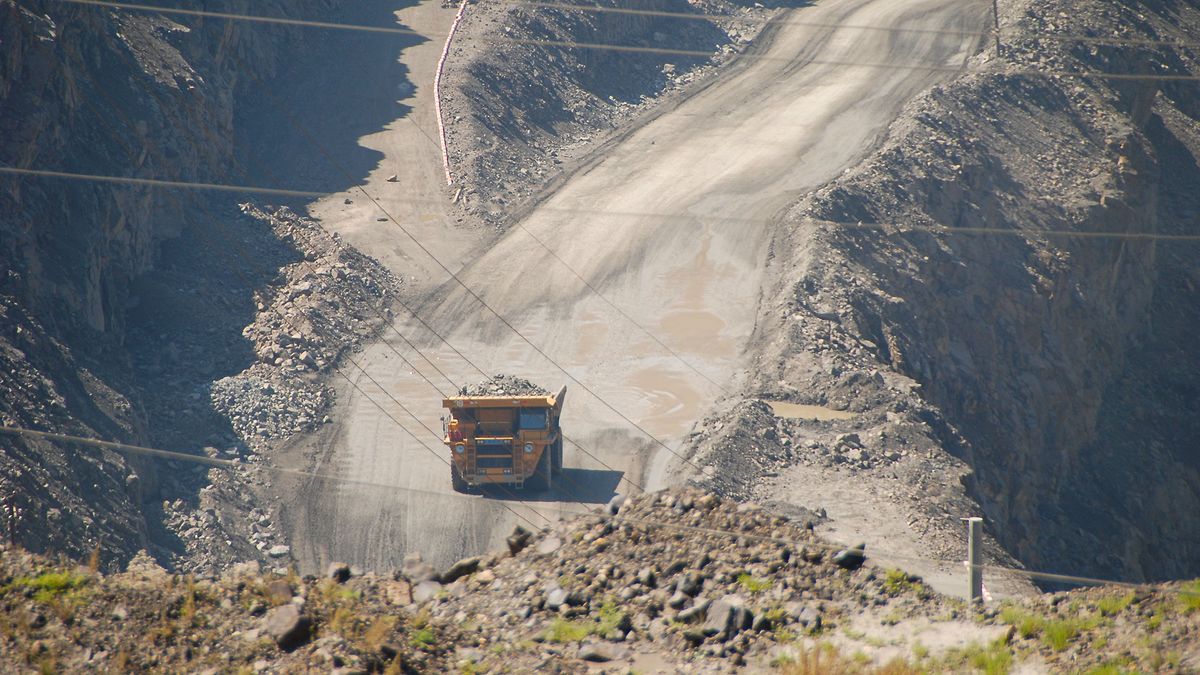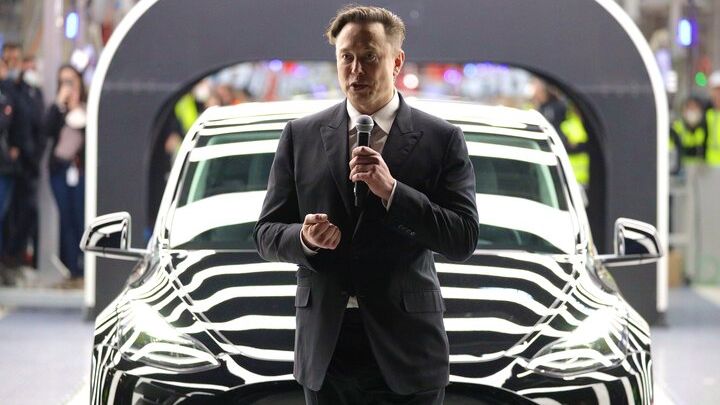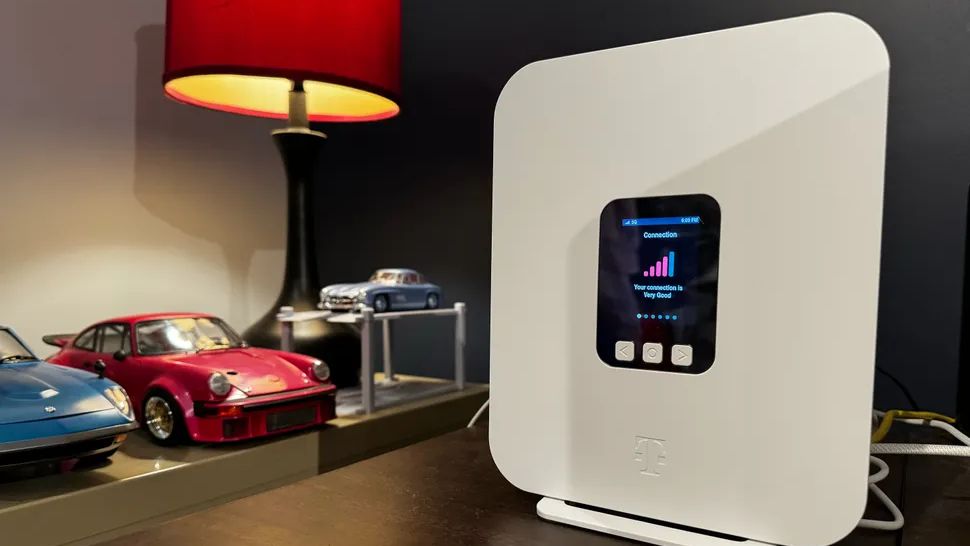Last week, President Donald Trump declared a series of tariffs that pitted the United States against the rest of the world. Big companies stayed nervously silent; small ones panicked. The stock market plunged. And surely worst of all, Switch 2 preorders were delayed. Then, the same day the largest tariffs went into effect, Trump hit the brakes with a “90-day pause.” But it’s only sort of a pause — and not on everything. Taxes on items from around the world remain higher than they were a week ago. And an escalating trade war with China has no end in sight.
Here’s roughly what’s happened. Trump announced a 10 percent base tax on goods from nearly every country on the planet, plus even higher tariffs — sometimes reaching 50 percent — on many of America’s most important trading partners. (These joined existing tariffs on goods from Canada and Mexico, among other things.) The base rate went into effect over the weekend, as Trump declared that despite other countries’ attempts to negotiate, he wasn’t backing down. China retaliated with its own tariffs, so Trump promised an extra 50 percent hike on US taxes on Chinese goods, bringing the number to a staggering 104 percent. As promised, the higher tariffs kicked in on Wednesday morning.
Then, Trump changed his mind. He announced that “based on the fact that more than 75 Countries have called Representatives of the United States … I have authorized a 90 day PAUSE, and a substantially lowered Reciprocal Tariff during this period.”
A lot of people have taken this as good news, and it’s better news than nothing. But it’s still very far from good — and the details are pretty bewildering to boot.
The new policy has trickled out in a series of piecemeal and contradictory-sounding declarations, and even White House officials don’t seem to know which tariffs apply to which countries. The tariffs have been deemed “paused,” but the 10 percent hike is still in effect. The pause doesn’t apply to Canada and Mexico, which have their own set of tariffs to worry about. Trump has promised more tariffs coming on specific goods in the future, too. By the time you’re halfway through this article, the situation may have changed again.
And, just to reiterate, the “pause” period will still involve taxes of more than the value of the original item on goods from the biggest manufacturing hub in the world.
Confused yet?
Concerned?
If you’re still not clear on exactly how tariffs work, we’ve done our best to explain that before. These are taxes applied to goods imported into the US from abroad that are applied to shipments as they arrive at the border and are based on the value of the goods. Trump has introduced some tariffs by type of import and others by country of origin. Now, let’s break down — as far as we know it — the state of play.
Steel, aluminum, and automobiles
The simplest tariffs to understand are the 25 percent levies on all imports of steel, aluminum, cars, trucks, and automobile parts. The imported metals were taxed starting in February, while the tariff on vehicles was announced in March and applied starting on April 3rd. Automobile parts aren’t yet covered by tariffs but will be on May 3rd.
These tariffs apply worldwide, except in cases where countries have specific trade deals in place — for example, there’s an exemption for some vehicles covered by the United States-Mexico-Canada Agreement (USMCA).
Canada and Mexico were among the first countries to be specifically targeted with tariffs by the Trump administration, with a sweeping 25 percent rate on all goods. This was announced in February, then paused for a month, but did eventually take effect in early March.
Importantly, these tariffs don’t affect goods already covered by the USMCA trade pact, meaning that a large proportion of North American trade remains unaffected by the new tariffs. Canada has responded with retaliatory tariffs. Mexico hasn’t but isn’t “ruling it out.”
Canada and Mexico are unaffected by the wave of “reciprocal tariffs” Trump announced on April 2nd, including the 10 percent baseline tariff applied to the rest of the world. There was a little confusion on that front. Even White House officials seemed to briefly think the 10 percent rate applied across North America — but it’s since been confirmed that Canada and Mexico are exempt.
China was the third country that Trump singled out from the get-go, and he began with plans for a 10 percent tariff on Chinese goods in February, paused it for a month, and implemented it as a 20 percent tariff in March. He’s been cranking the number up ever since.
When Trump announced his worldwide “reciprocal tariffs” (which were not actually reciprocal) on April 2nd, China was targeted with a 34 percent rate — to be added to the existing 20, for a total of 54 percent. But then China announced its own 34 percent tariff on US goods, so Trump added on another 50, landing on 104 percent. That kicked in on April 9th.
But China hit back again, elevating its own tariff to 84 percent. Trump’s response? You guessed it: another hike. He paired his global “pause” announcement with a new rate for China set at 125 percent, to be added to the initial 20 for a total of 145 percent — for now. China has already responded by reducing Hollywood’s access to the Chinese box office, and we don’t yet know how Trump is taking that.
There’s one more wrinkle to China’s tariffs. The country and Hong Kong have been targeted with a change to the de minimis tax exemption that previously applied to imported goods valued at less than $800. That’s a direct hit to the business model of budget online retailers like Shein and Temu, which have long relied on shipping products directly to customers to avoid any import taxes and duties.
Beginning on May 2nd, that exemption will no longer apply, and even cheap products sent from China or Hong Kong using international post will now be taxed. The shipper gets to decide whether to pay 120 percent of the parcel’s value or a flat rate of $100 per package, increasing to $200 after June 1st. Those are quadruple the original rates Trump announced, after the rates were tripled and then raised once again after that — another response to China’s retaliation.
When Trump announced the “reciprocal rates,” he had figures ready for almost every country on the planet, including a few uninhabited islands. For now, though, many of those have been substantially reduced.
Every country that trades with the US is subject to the 25 percent tariffs on steel, aluminum, and automobiles. Every country outside of Canada, Mexico, and China now has an additional 10 percent tariff across most other goods — what the White House is calling the “baseline tariff.” That includes the countries initially subject to much, much higher rates.
Some countries will only ever be taxed at that baseline rate. Others are living on borrowed time. Countries like India, Vietnam, and members of the European Union were assigned higher tariffs that briefly began on April 9th, only to be paused that same day. That’s put them all back down at the baseline rate of 10 percent, but only for 90 days. After that, if they haven’t negotiated a better deal, the “reciprocal rates” come into effect.
The European Union had voted on its own set of retaliatory tariffs targeting US goods, especially those manufactured in red states, but has suspended those for 90 days, too.
And by the way, Trump is still planning more tariffs; he said last week that chips and pharmaceuticals were next on the list. What happens after that? Nobody knows — maybe not even him.

 7 months ago
65
7 months ago
65








 English (US) ·
English (US) ·